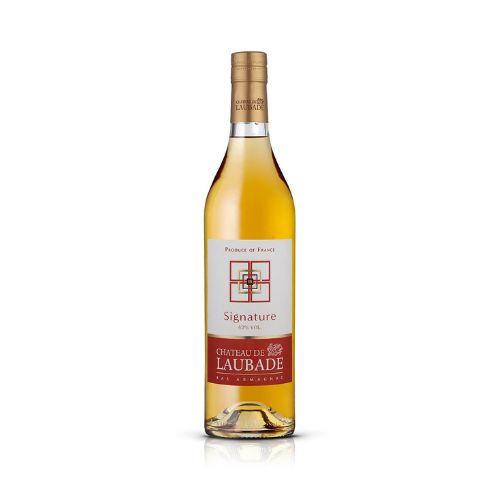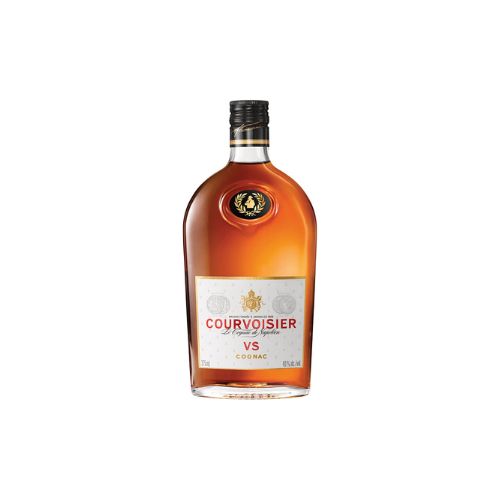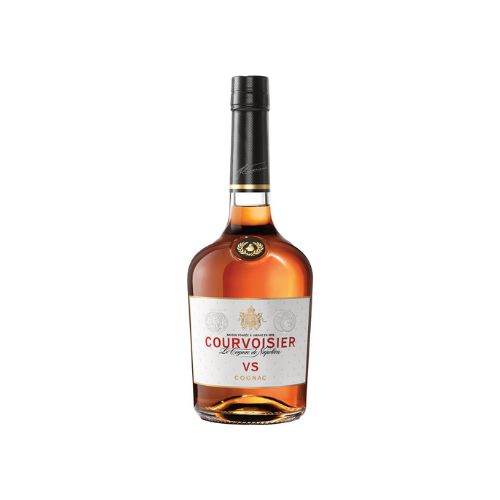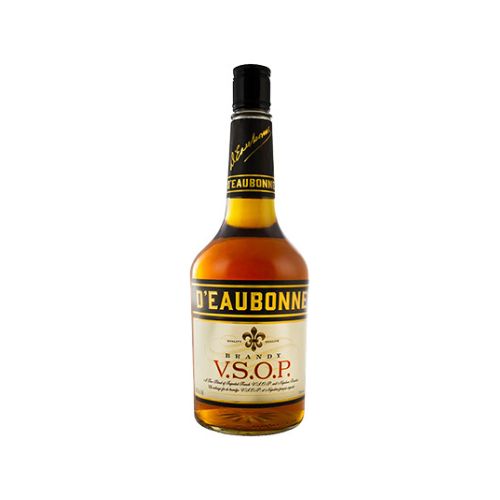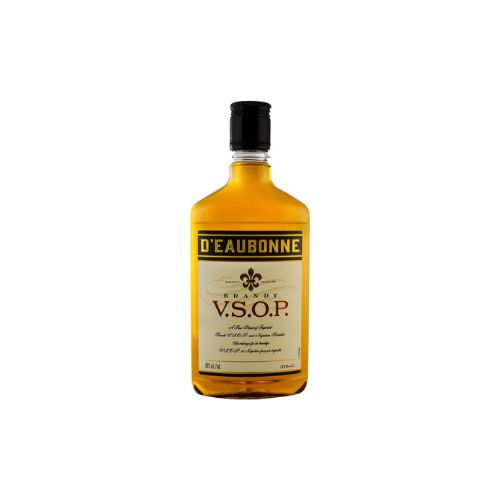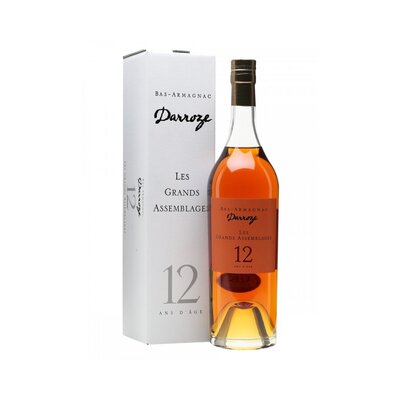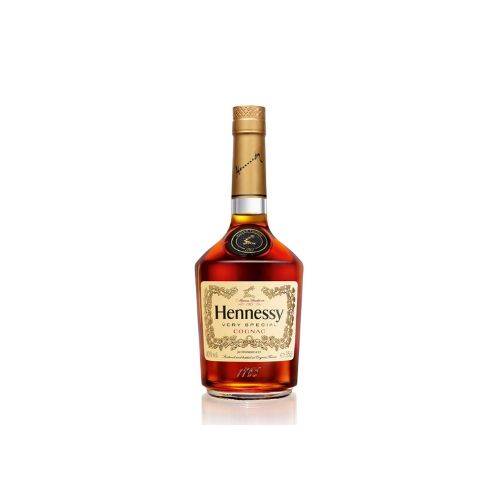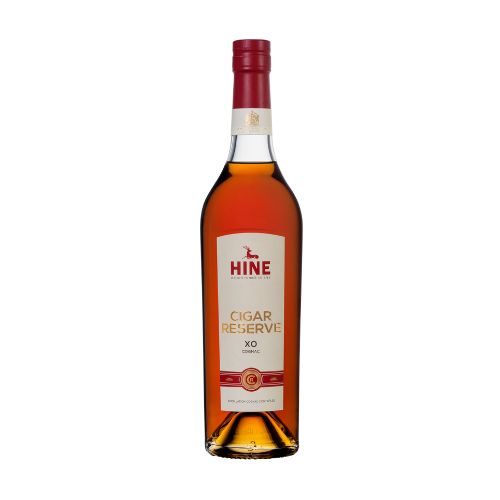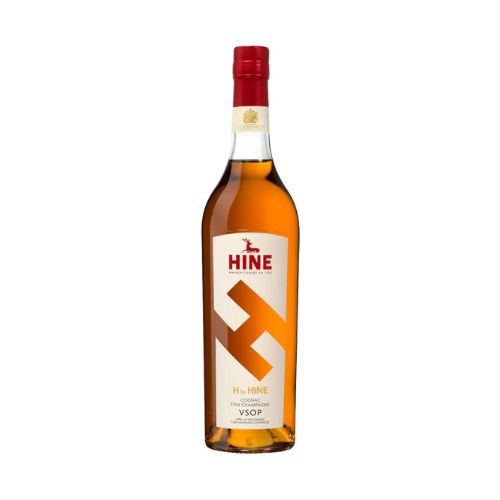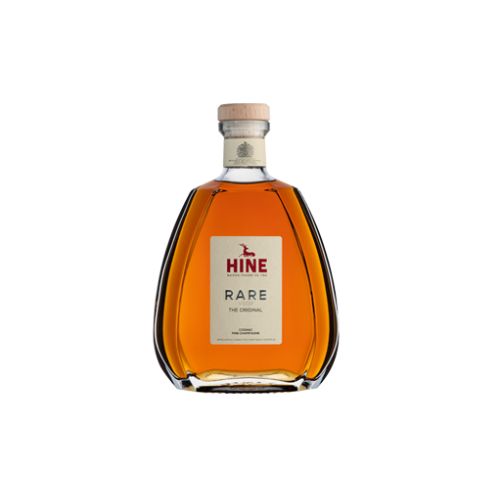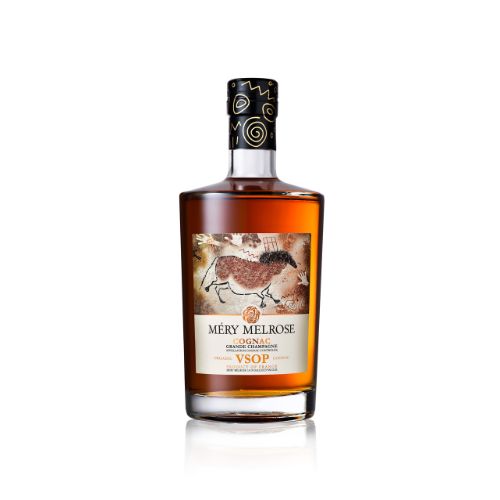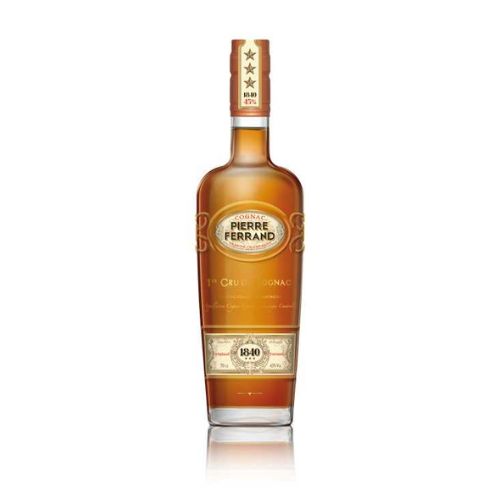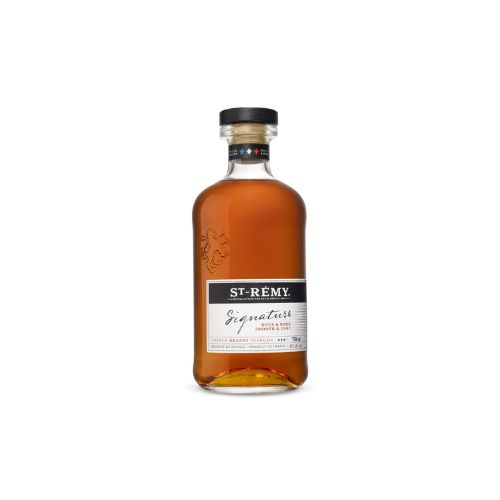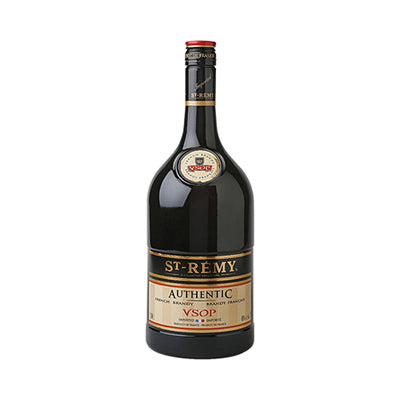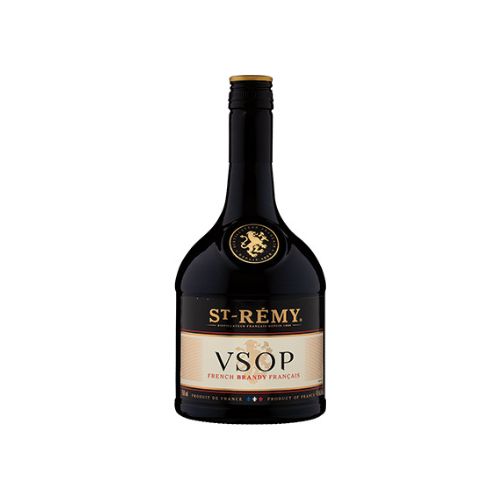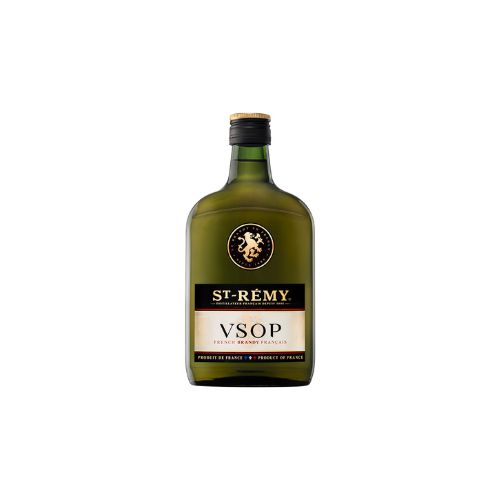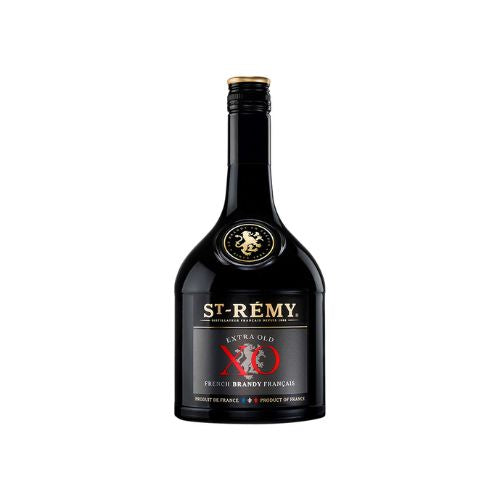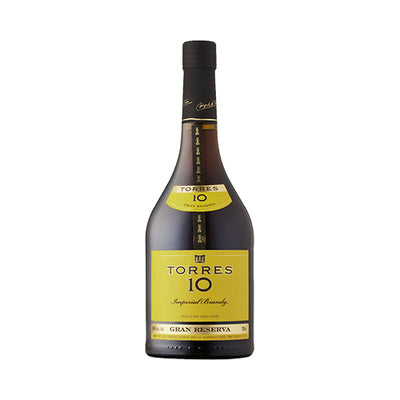Brandy
Filters
22 products
Château de Laubade - Signature Bas-Armagnac
Sale price$69.99
Château de Laubade - VSOP Bas-Armagnac
Sale price$79.99
Courvoisier - VS Cognac
Sale price$41.99
Courvoisier - VS Cognac
Sale price$64.99
Regular price$69.99
d'Eaubonne - VSOP Brandy
Sale price$26.99
d'Eaubonne - VSOP Brandy
Sale price$14.99
Darroze - 12 Year Old Bas-Armagnac
Sale price$119.99
Hennessy - VS Cognac
Sale price$74.99
Hennessy - VS Cognac
Sale price$45.99
Hennessy - VSOP Cognac
Sale price$109.99
Regular price$119.99
Hine - Cigar Reserve XO Cognac
Sale price$199.99
Hine - H by Hine VSOP Fine Champagne Cognac
Sale price$99.99
Hine - Rare VSOP Fine Champagne Cognac
Sale price$124.99
Méry Melrose - Organic VS Cognac
Sale price$79.99
Méry Melrose - Organic VSOP Cognac
Sale price$99.99
Pierre Ferrand - 1840 Original Formula Grand Champagne Cognac
Sale price$99.99
St-Remy - Signature Brandy
Sale price$42.99
Regular price$49.99
St-Remy - VSOP Brandy
Sale price$46.99
St-Remy - VSOP Brandy
Sale price$26.99
Regular price$29.99
St-Remy - VSOP Brandy
Sale price$17.99
St-Remy - XO Brandy
Sale price$39.99
Torres - 10 Gran Reserva Imperial Brandy
Sale price$33.99
Regular price$36.99

